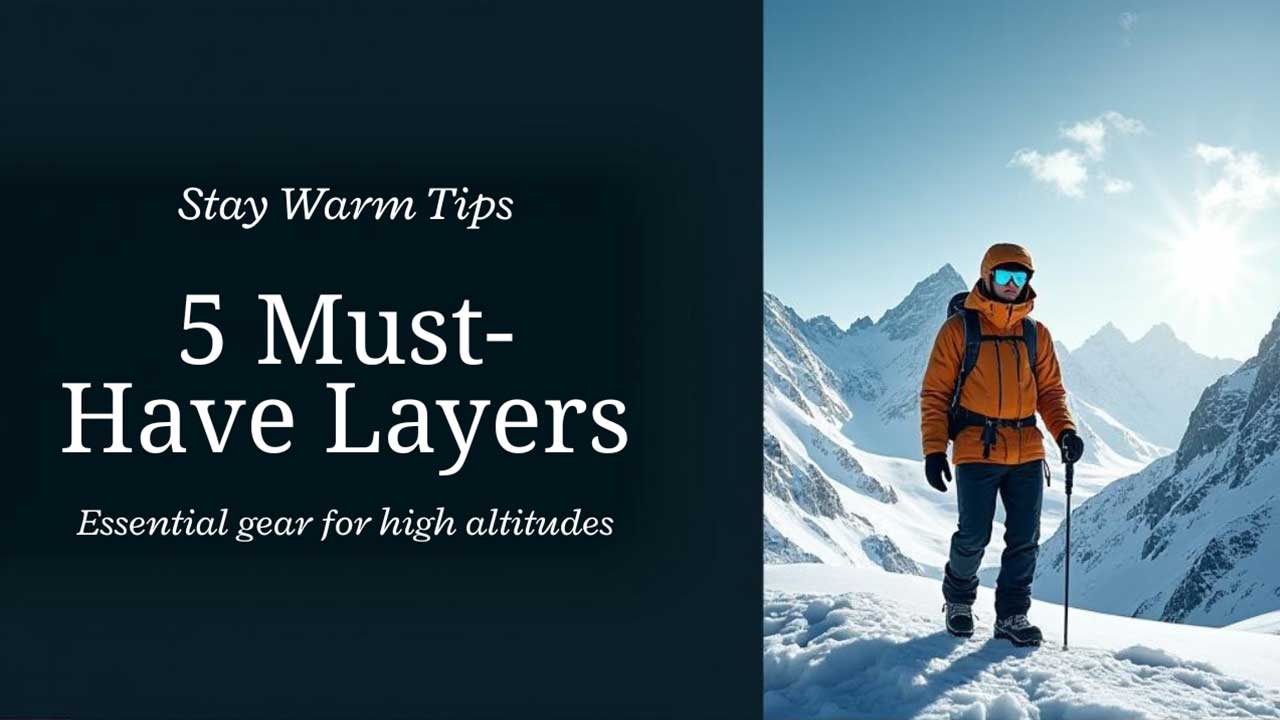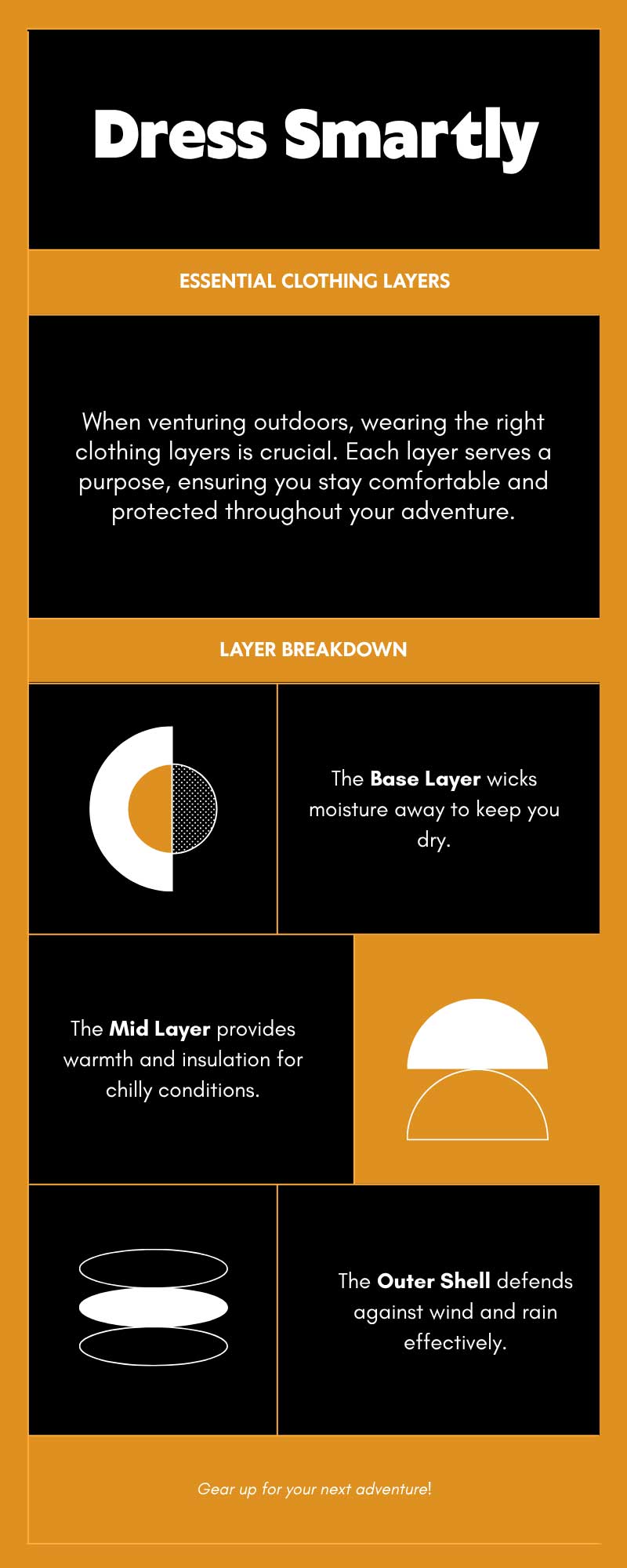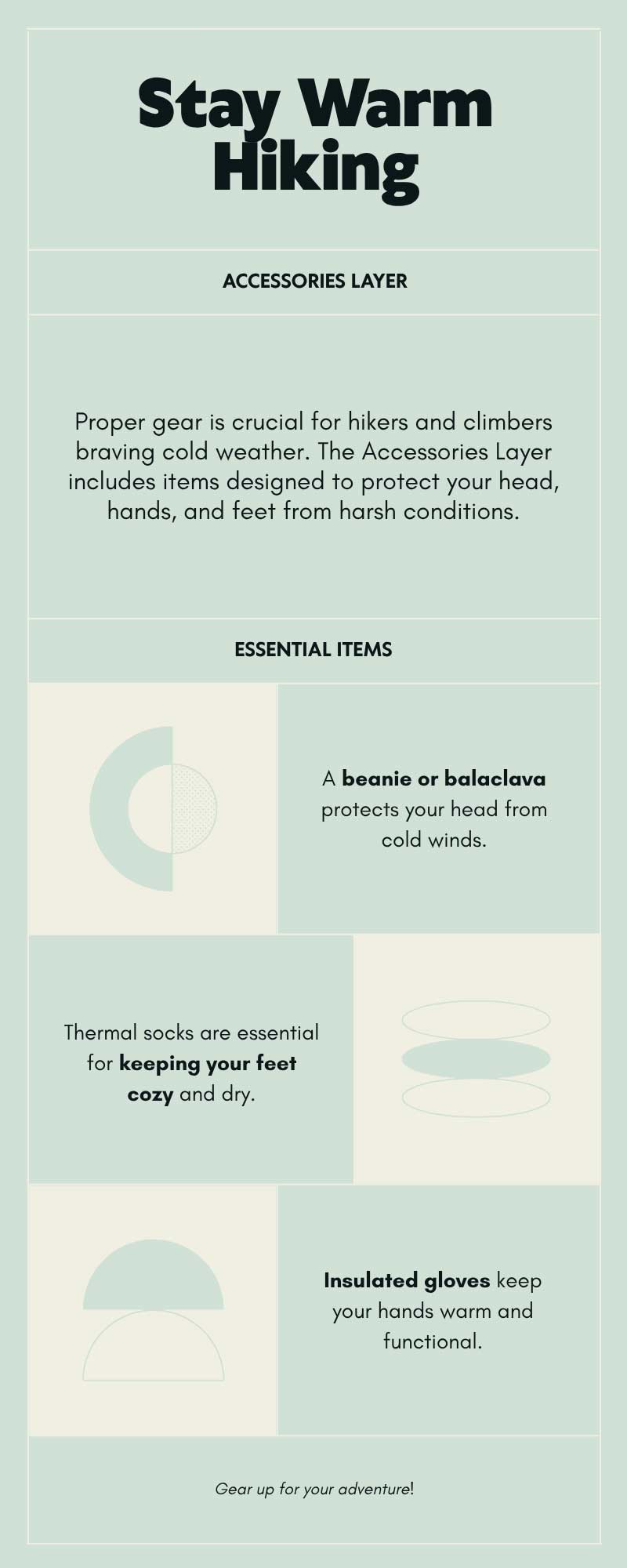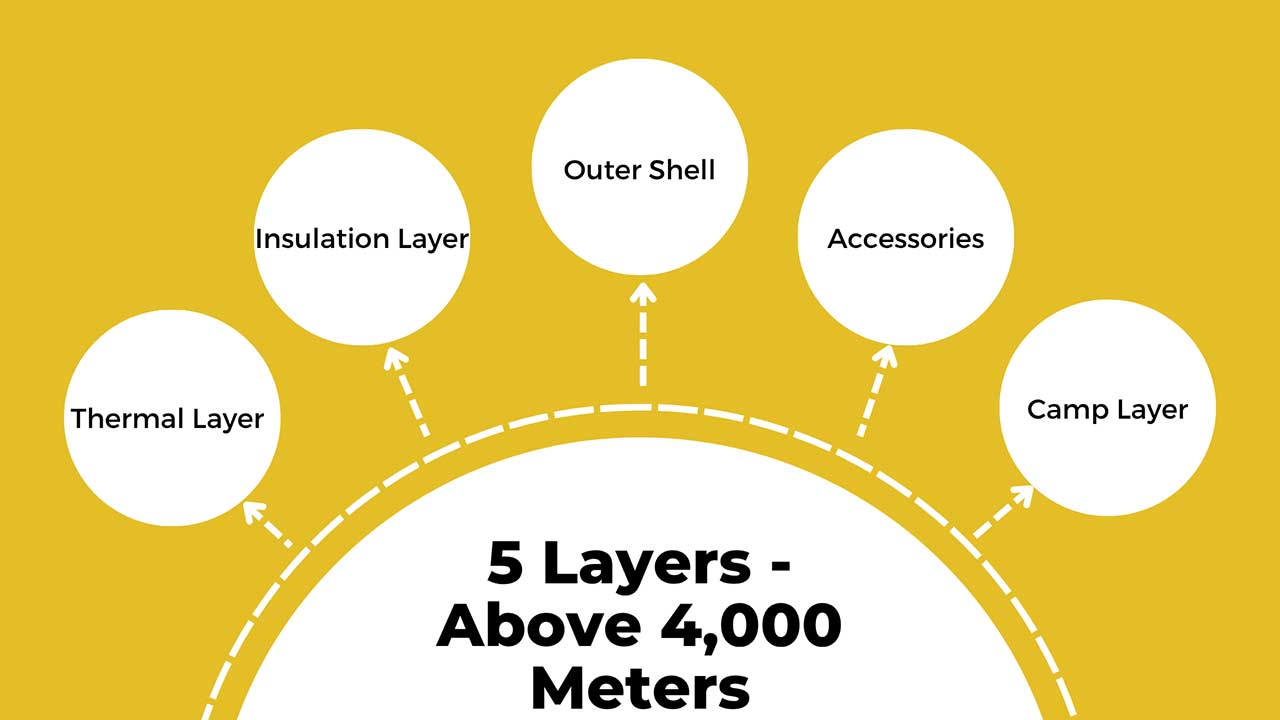5 Must-Have Layers for Staying Warm Above 4,000 Meters
Blogs
Stay Safe and Comfortable at High Altitudes – The Layering System Explained
Trekking or mountaineering above 4,000 meters in the Indian Himalayas is a dream for many. But one of the biggest challenges is the cold, unpredictable weather. Temperatures can plummet well below freezing, especially at night or in exposed ridgelines. If you’re not properly dressed, cold stress can quickly ruin your adventure—or worse, lead to hypothermia.
The key to staying warm and safe in high-altitude conditions lies in one word: layering. In this blog, we’ll walk you through the 5 must-have clothing layers every mountaineer or trekker should pack for any Himalayan expedition above 4,000 meters.
1. Base Layer (Thermal Layer)
Purpose: Moisture-wicking, insulation from the skin
Fabric: Merino wool or synthetic blends
Your base layer sits directly against your skin, so it needs to wick sweat away quickly to keep you dry. When you’re trekking uphill, your body generates heat and sweat—even in freezing weather. A damp body cools down faster, increasing your risk of catching a chill once you stop moving.
Recommended:
- Long-sleeve thermal top and bottom
- Avoid cotton—it retains moisture

2. Mid Layer (Insulation Layer)
Purpose: Heat retention
Fabric: Fleece, synthetic insulated jackets, or lightweight down
The mid layer traps your body heat. A good fleece or puffy jacket keeps you insulated without adding too much weight to your backpack. Layering a fleece and then a down jacket can also work for colder climates.
Recommended:
- Fleece or polyester jacket for daytime trekking
- Lightweight down jacket for evenings and mornings at camp
3. Outer Shell Layer (Waterproof & Windproof)
Purpose: Protects against wind, snow, and rain
Fabric: Gore-Tex, DryVent, or other waterproof-breathable fabrics
This layer shields you from the elements. High winds and unexpected snow or sleet are common above 4,000 meters. A quality shell jacket with a hood and shell pants are your armor against nature.
Recommended:
- Breathable, waterproof hardshell jacket
- Full-length zippered pants for easy layering over boots
4. Accessories Layer (Head, Hands & Feet)
Purpose: Retain warmth where heat loss is greatest
Much of your body heat escapes through your head, hands, and feet. Neglecting these areas can lead to discomfort or even frostnip.
Recommended:
- Woolen or synthetic beanie
- UV-protected sunglasses (glacier glare can burn your eyes)
- Inner fleece gloves + waterproof insulated gloves
- Thermal socks + liner socks
- Neck gaiter or balaclava

5. Camp Layer (Evening/Rest Layer)
Purpose: Warmth during rest, layering for extreme cold
When you stop moving, your body cools quickly. That’s when the “camp layer” comes in. It includes additional insulation to keep you warm during long, cold nights.
Recommended:
- Heavier down jacket or parka (especially in winter or during summit pushes)
- Insulated pants
- Down booties or thick wool socks for inside the tent
Why Layering Works
Layering offers modularity—you can add or remove layers as the weather or your activity level changes. It keeps your core temperature stable, prevents sweating or chilling, and improves overall comfort and safety.
Pro Tip from ADA Instructors:
“Always carry your full layering system, even if the weather looks clear in the morning. The mountain makes its own weather.”

Final Thoughts: Don’t Underestimate the Cold
Whether you’re trekking to Indrahar Pass, Pin Parvati Pass, or preparing for a summit push during our basic or advanced mountaineering courses, your clothing system is your first line of defense against extreme weather.
At Ascent Descent Adventures, we help you prepare for the cold with proper gear guidance and practical mountain training. Join one of our Himalayan expeditions and experience high-altitude safety with professionals.
Explore our Mountaineering Courses
Recommended Read for Gear & Equipment:
- 5 Essential Gear Items Every Beginner Mountaineer Needs
- 5 Budget Gear Recommendations for First-Time Climbers
- 5 Mistakes to Avoid When Buying Mountaineering Gear
- 5 Basic Tools You Should Know How to Use in the Mountains